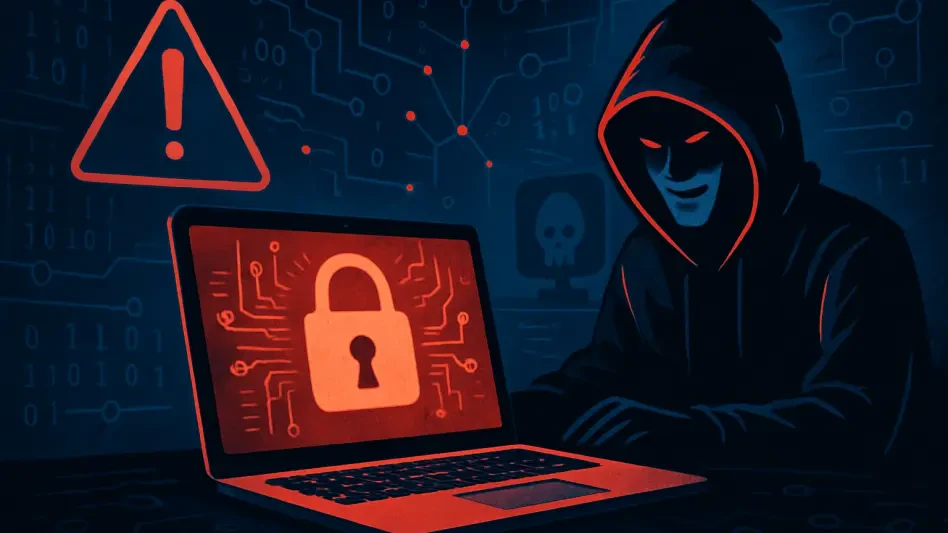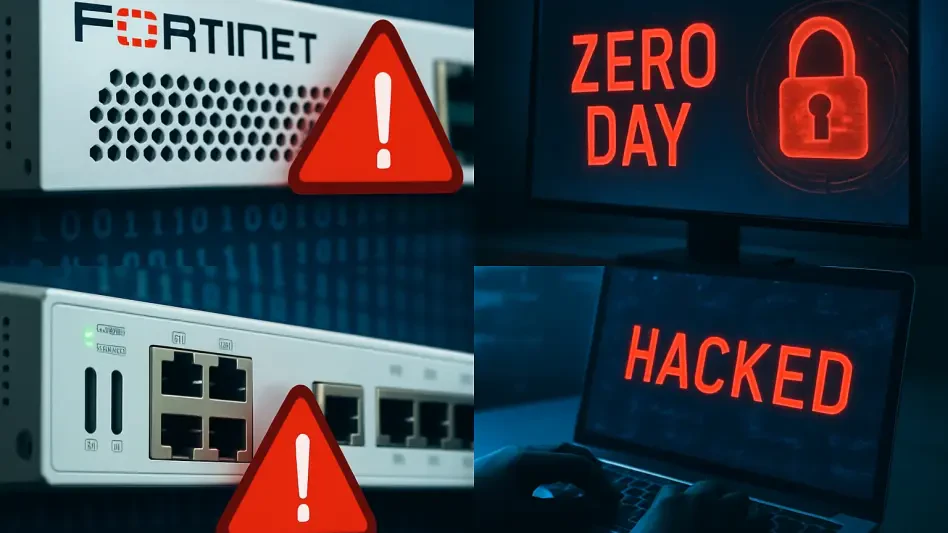Ransomware attacks have surged to unprecedented levels, with businesses across the globe grappling with the fallout of data breaches that expose sensitive information and disrupt operations. A staggering statistic reveals that ransomware incidents have increased by over 30% in the past year alone, impacting sectors from retail to industrial manufacturing. This alarming trend underscores a critical challenge: how can organizations protect themselves against an ever-evolving cyber threat? This roundup dives into diverse perspectives from industry leaders, cybersecurity specialists, and legal experts to unpack the risks of ransomware, spotlighting recent incidents like the Super Quik data breach. The purpose is to compile actionable insights, compare differing approaches, and equip businesses and individuals with strategies to combat this digital menace.
Exploring the Ransomware Landscape: Diverse Perspectives
The Super Quik Breach: A Wake-Up Call for Retail Security
The alleged Super Quik data breach by the Play ransomware group, which reportedly exposed 5.5 GB of sensitive data including financial records and surveillance footage, has sparked intense discussion among cybersecurity professionals. Many emphasize the vulnerability of retail chains handling vast amounts of personal and financial information, arguing that such breaches open the door to identity theft and social engineering scams. This incident serves as a stark reminder of the need for fortified data protection in everyday consumer-facing businesses.
A contrasting view among some analysts focuses less on technical failures and more on the lack of transparency from affected companies. With Super Quik yet to confirm the breach, there’s a growing consensus that silence can heighten risks for individuals whose data may be compromised. This perspective pushes for mandatory disclosure laws to ensure timely communication and protect consumers from downstream criminal activities.
Global Impact: Lessons from the Askul Incident in Japan
Turning to the international stage, the Askul breach in Japan—where the RansomHouse group allegedly stole 1.1 TB of customer and supplier data—has drawn attention from global security teams. Experts highlight how such incidents disrupt supply chains and erode consumer trust, particularly in regions heavily reliant on interconnected business networks. This case illustrates that no geographic area is immune to ransomware’s reach, prompting calls for unified international standards in cybersecurity.
On the other hand, some industry observers argue that the economic fallout from breaches like Askul’s often overshadows the personal data risks. They point out that while financial losses can be quantified and mitigated, the long-term damage to individuals’ privacy is harder to address. This split in focus reveals a broader debate on whether corporate recovery or individual protection should take precedence in ransomware response strategies.
Evolving Threats and Tactical Shifts: What Experts Say
Sophistication of Ransomware Groups: Play and Beyond
Cybersecurity researchers widely agree that ransomware groups like Play, with a track record of targeting nearly a thousand organizations since 2025, have grown alarmingly sophisticated in their methods. Their ability to exploit gaps in digital defenses with precision—often using tailored malware—has many in the field advocating for advanced threat detection systems. These specialists stress that static security measures are no longer sufficient against such dynamic adversaries.
A differing opinion comes from those who study attack patterns across industries, noting a shift toward targeting smaller, less-protected firms for quick payouts. This emerging trend suggests that ransomware groups are adapting to maximize efficiency, avoiding heavily fortified corporations. Such insights call for a reevaluation of resource allocation, with some arguing that small businesses need subsidized access to high-end cybersecurity tools to level the playing field.
Legal Accountability: A New Frontier in Cyber Defense
The recent U.S. indictment of three individuals linked to ALPHV/BlackCat ransomware operations between May and November of a prior year has ignited debate over legal strategies in combating cybercrime. Many legal experts view this as a promising step toward deterrence, asserting that holding individuals accountable can disrupt ransomware networks more effectively than technical defenses alone. This punitive approach marks a shift in how authorities tackle digital threats.
However, skepticism persists among some cybersecurity veterans who question the long-term impact of prosecutions. They argue that seasoned cybercriminals often operate across borders, making enforcement challenging and suggesting that legal actions might only address symptoms rather than root causes. This divide highlights the complexity of integrating law enforcement into a predominantly technology-driven battle.
Practical Tips and Strategies from the Field
Drawing from a broad spectrum of insights, several actionable recommendations emerge for businesses looking to bolster their defenses against ransomware. A common tip from security consultants is to invest heavily in robust data encryption and regular system backups to minimize data loss during an attack. Additionally, employee training on phishing and other entry-point tactics is frequently cited as a critical, yet often overlooked, line of defense.
Another perspective focuses on fostering partnerships with governmental and international bodies to share threat intelligence and response protocols. Industry leaders note that collaborative efforts can amplify the effectiveness of individual defenses, especially for smaller entities lacking in-house expertise. This approach underscores the importance of community-driven solutions in a landscape where isolated efforts fall short.
A final piece of advice centers on cultivating a culture of cyber awareness within organizations, ensuring that every level of staff understands the stakes of data security. Some analysts also recommend engaging third-party incident response teams to develop and test contingency plans. These varied tips collectively paint a picture of proactive, multi-layered strategies as the cornerstone of modern cybersecurity.
Reflecting on the Roundup: Next Steps for Cybersecurity
Looking back, this compilation of expert opinions and real-world cases reveals the multifaceted nature of ransomware threats, from the personal devastation of data exposure in incidents like Super Quik’s to the global ripples felt in breaches such as Askul’s. The discussions also illuminate a critical tension between technological defenses and legal accountability, with no single solution emerging as a silver bullet. Moving forward, businesses are encouraged to adopt a blend of encryption, training, and collaboration to stay ahead of cybercriminals. A key takeaway is the urgent need for tailored support for smaller firms, which are increasingly in the crosshairs of ransomware groups. As a next step, exploring resources on international cybersecurity frameworks and joining industry forums could provide deeper guidance and foster collective resilience against this persistent digital threat.








